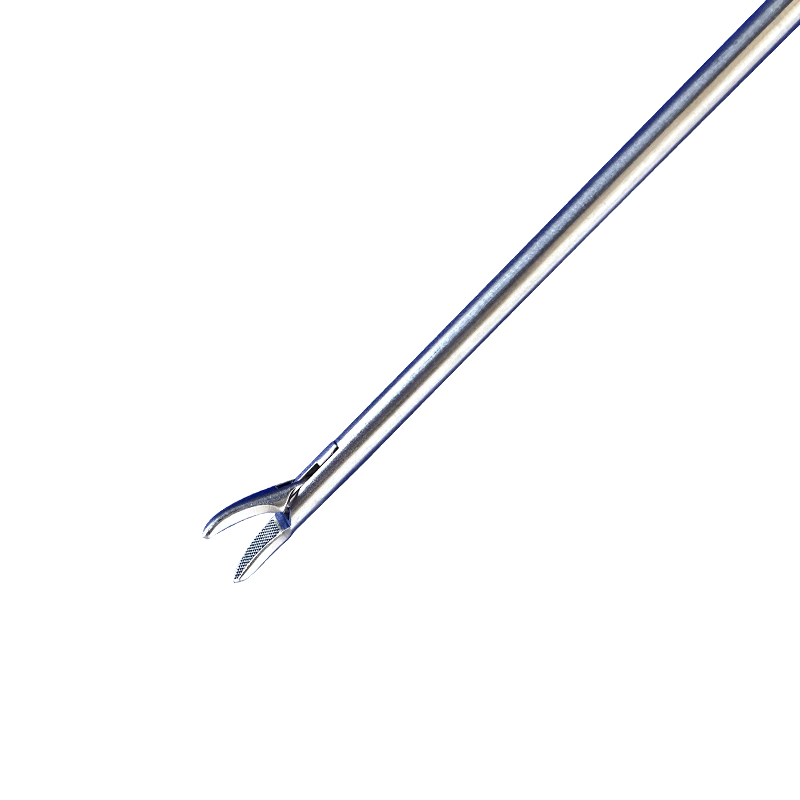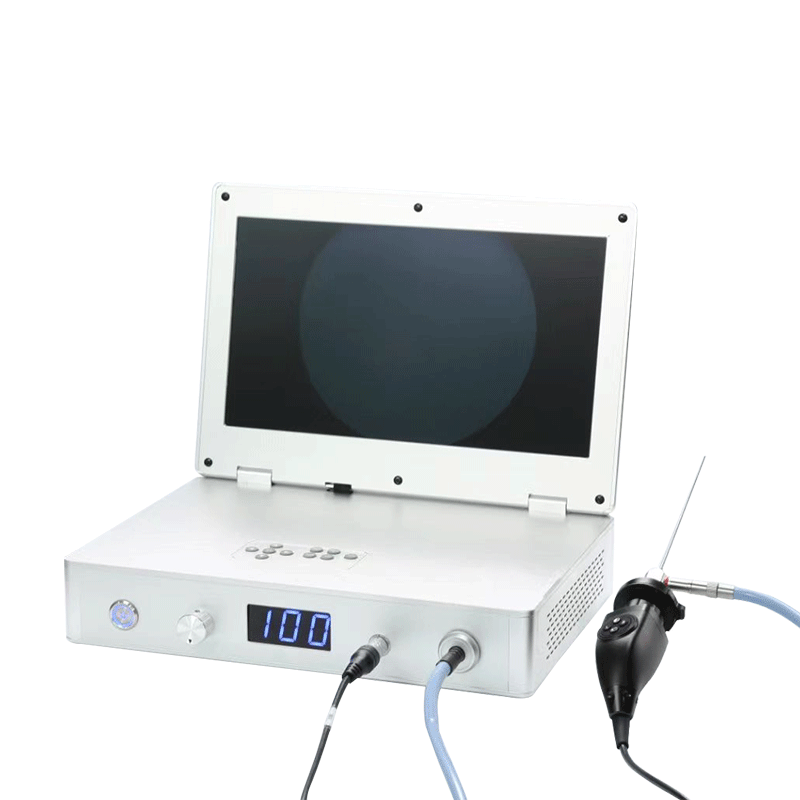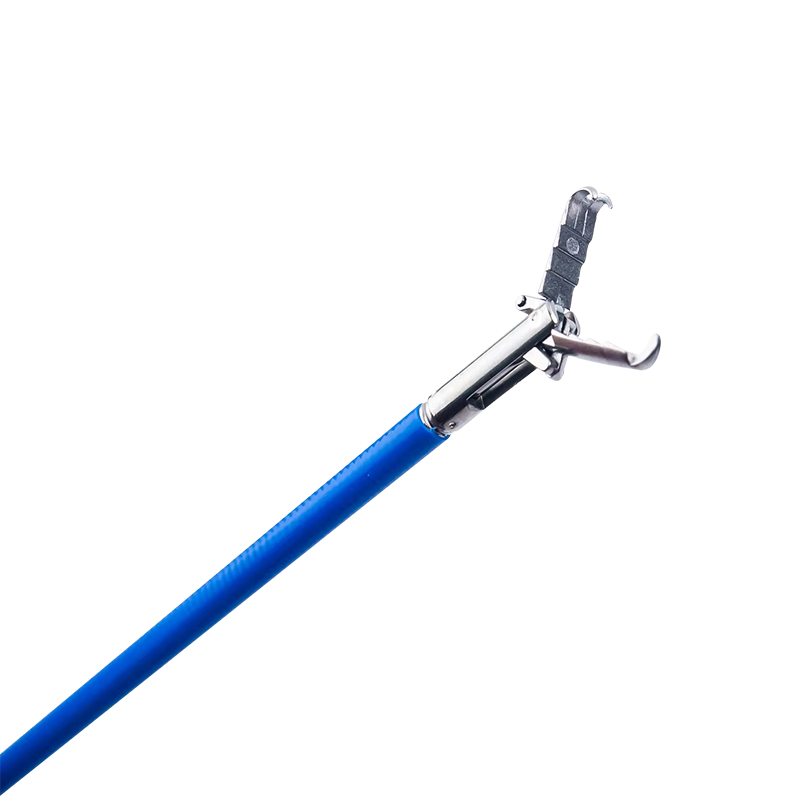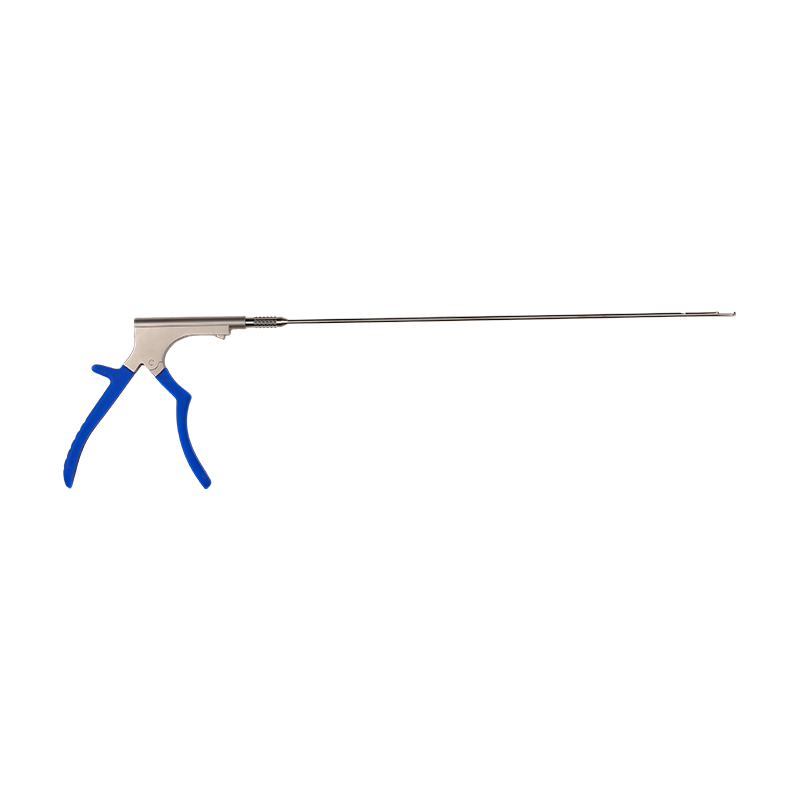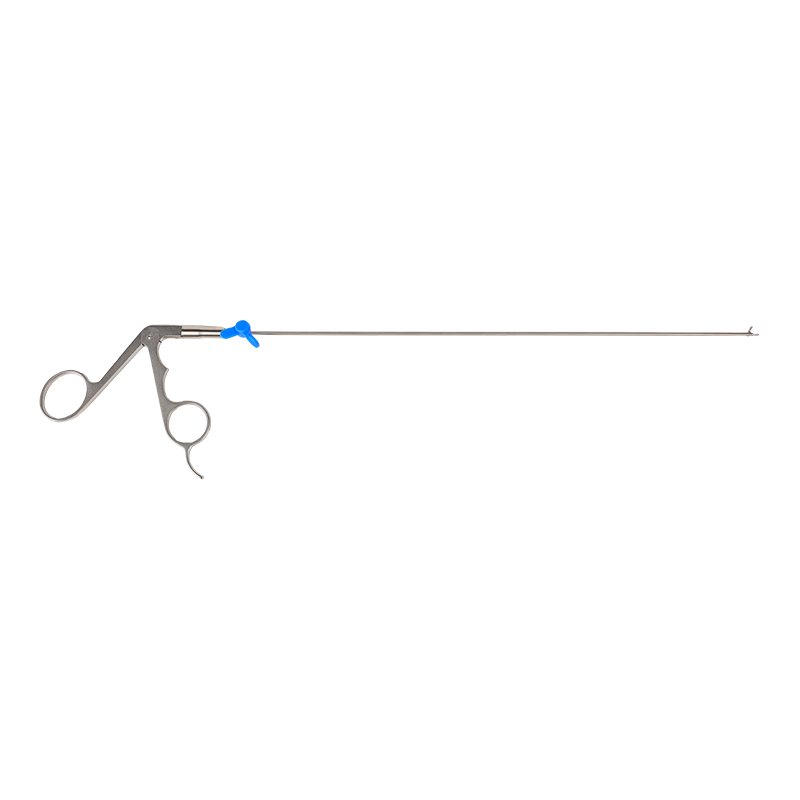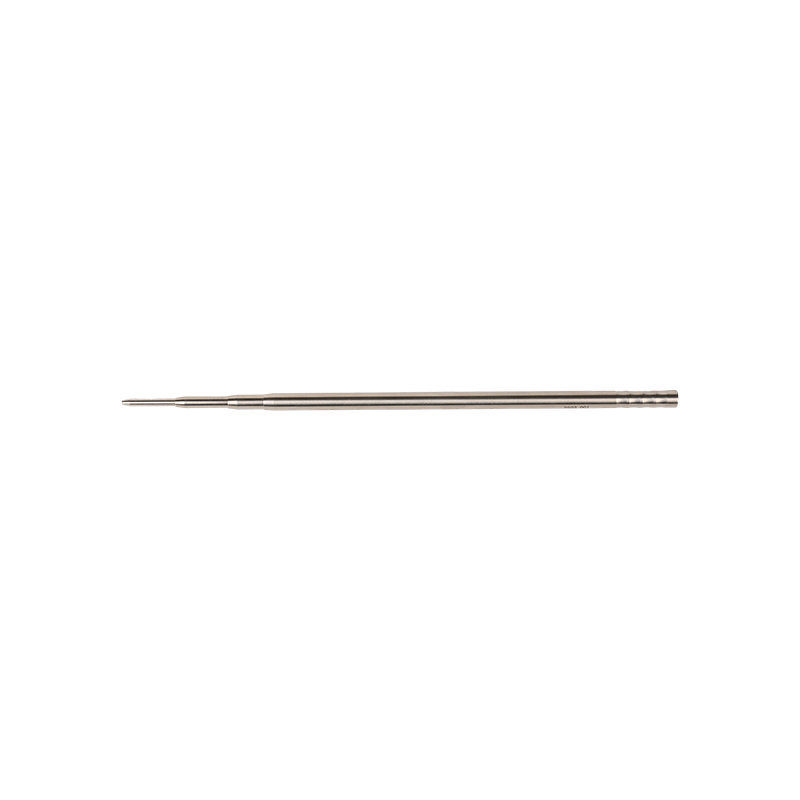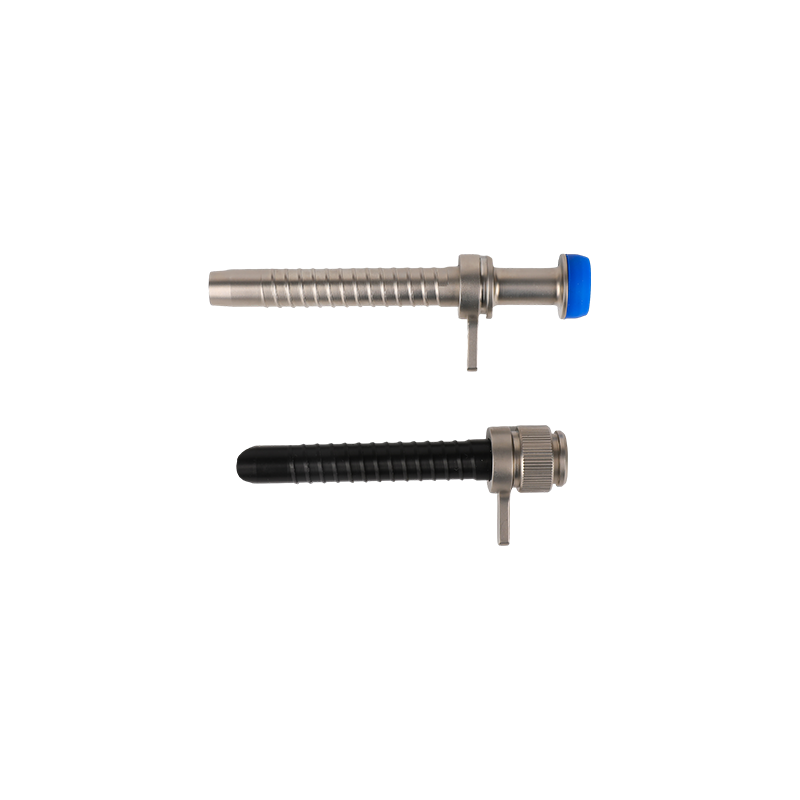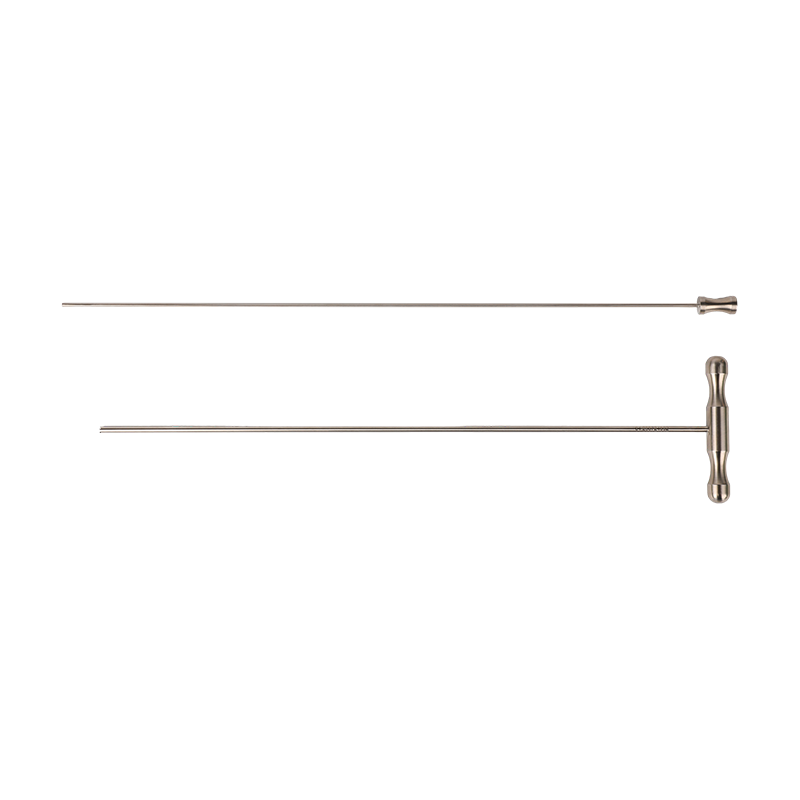The evolution of surgical techniques has consistently driven the development of specialized instrumentation. In the realm of minimally invasive surgery (MIS), the need for dexterity, control, and precision within a confined working space is paramount. Central to the success of advanced laparoscopic procedures, particularly when tissue approximation is required, is the laparoscopic needle holder. This instrument is not merely a long version of its open-surgery counterpart; it is a meticulously engineered tool designed to overcome the unique challenges of suturing through small incisions.
The Critical Role in Laparoscopic Suturing
Suturing within the abdominal or pelvic cavity using laparoscopy presents two major difficulties: the loss of the natural wrist pivot and the need to operate with instruments inserted through trocars, which act as fulcrums. The laparoscopic needle holder is engineered to address these challenges. Its primary role is to grasp and manipulate the surgical needle to pass it through tissue, and then retrieve and secure the suture material.
Design Features for Enhanced Control
The design of an effective laparoscopic needle holder incorporates several key features that distinguish it:
- Handle Mechanism: Handles often utilize a ring-finger design, similar to traditional surgical instruments, but many advanced models feature a pistol-grip or in-line design. The latter two often provide better ergonomic alignment and allow the surgeon to exert precise, controlled pressure. A ratchet mechanism is standard in many holders to lock the jaws onto the needle, but non-ratcheted or “self-retaining” mechanisms are also popular for increased tactile feedback.
- Shaft Length and Diameter: Typically ranging from 30 to 45 cm in length and 5 mm or 10 mm in diameter, the shaft must be rigid enough to transmit force but slim enough to pass through the trocar without excessive friction.
- Jaws and Inserts: The jaws are the most critical component. They are typically coated with tungsten carbide inserts or feature serrations to maximize friction and prevent the smooth, curved needle from slipping. The jaw shape—straight, curved, or specialized (e.g., S-shaped or C-shaped)—dictates the instrument’s utility in various anatomical locations and with different suturing techniques.
Types and Techniques
The choice of a laparoscopic needle holder often depends on the type of suturing being performed: interrupted, running, or specialized deep tissue work.
- Manual (Standard) Needle Holders: These are the most common and mimic the action of open-surgery holders. They rely entirely on the surgeon’s hand movements for rotation and knot tying.
- Rotary Needle Holders: These include an external wheel or mechanism on the handle that allows the surgeon to rotate the jaws in situ (within the body), providing 360-degree control over the needle’s orientation without rotating the entire shaft. This is invaluable for complex suturing angles.
- Articulating Needle Holders: Found in robotic surgery and some advanced handheld instruments, these offer a greater degree of freedom, often providing seven degrees of motion, mimicking the human wrist, which dramatically enhances precision and efficiency during intracorporeal knot tying.
Maintenance and Best Practices
Given the high stresses placed on the jaws and the critical nature of their function, maintenance of the laparoscopic needle holder is vital. Proper cleaning, sterilization, and regular inspection for wear and tear on the tungsten carbide inserts ensure optimal grasping force. A dull or damaged holder can lead to dropped needles, prolonged procedure times, and increased risk to the patient.
In conclusion, the laparoscopic needle holder is a prime example of surgical innovation driven by the demand for less invasive procedures. Its precision engineering translates directly into the ability of the surgeon to perform complex tissue repair and anastomosis with the required control and efficacy, thereby improving patient outcomes in a wide range of surgical disciplines, from general surgery to gynecology and urology.

 English
English عربى
عربى Español
Español